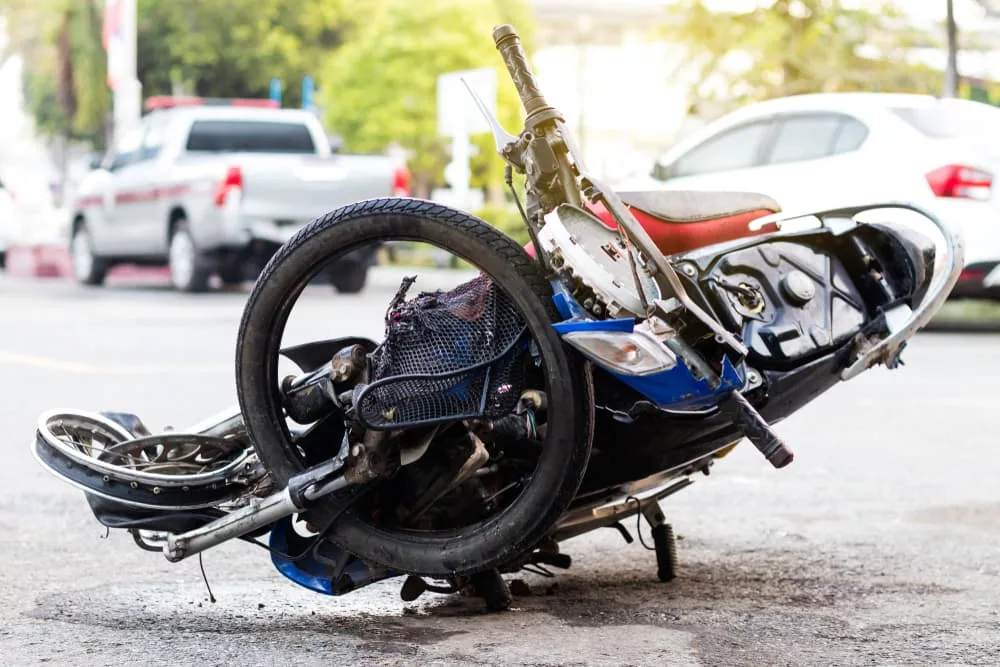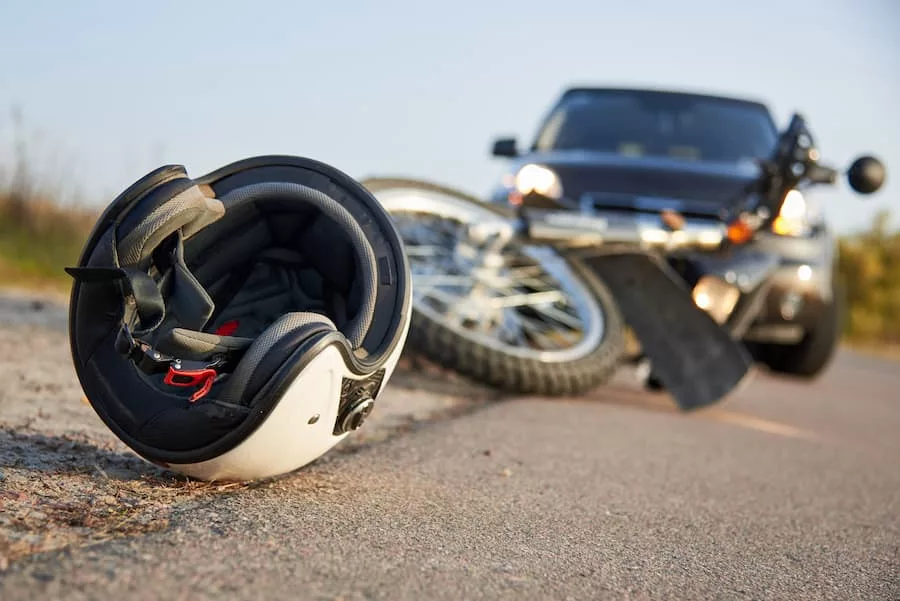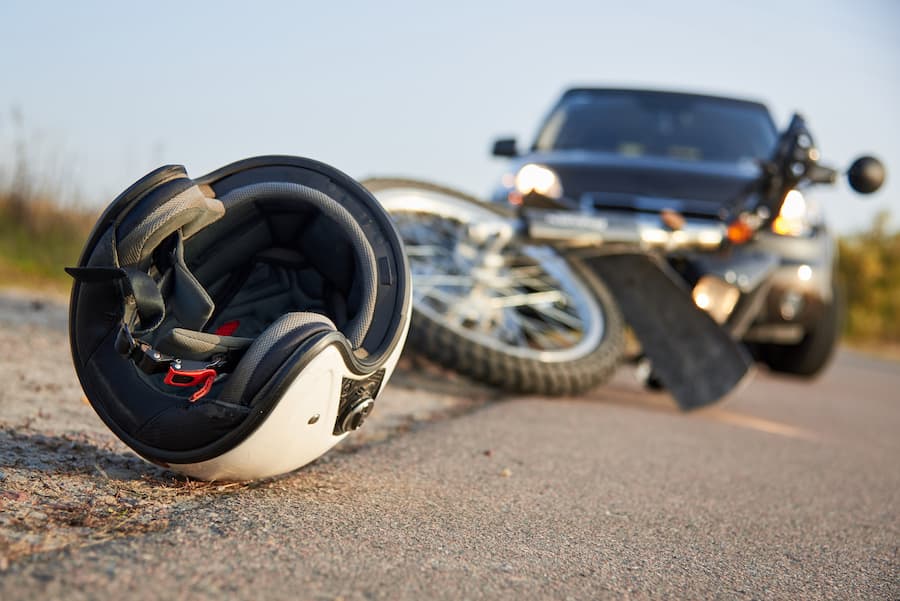Motorcycle accidents are terrifying experiences that often result in severe, life-changing injuries. From broken bones and road rash to traumatic brain injuries and spinal cord damage, these injuries can profoundly affect a victim’s physical, emotional, and financial well-being. Furthermore, the costs victims incur in the aftermath of motorcycle accidents can quickly balloon to astronomical sums, leaving many struggling to make ends meet.
When another person’s negligence causes a motorcycle accident that injures you, you have the right to pursue compensation for your injuries by filing a motorcycle accident injury claim. But because you might understandably find it challenging to focus on anything other than recovering after the accident, it’s a good idea to seek representation from a knowledgeable personal injury lawyer who can protect your rights and demand fair compensation on your behalf. Reach out to a Miami motorcycle accident lawyer.
This blog will explore some of the most common types of motorcycle accident injuries and the typical costs associated with those injuries. It will also discuss why motorcycle accident injuries are so expensive and how victims can recover financially after a wreck.
How Many Motorcycle Accidents Result in Injuries?
According to the Insurance Information Institute, 83,000 motorcyclist injuries and 5,579 fatalities occurred in one recent year. The following year, there were 8,649 motorcycle accidents resulting in 621 deaths, 1,991 incapacitating injuries, and 5,406 other injuries in Florida alone.
Motorcycle accidents are far more deadly than most other types of accidents. According to the National Highway Traffic Safety Administration (NHTSA), motorcyclist fatalities were nearly 29 times more common per vehicle miles traveled than passenger car fatalities.
While motorcycles constitute only 3 percent of all registered vehicles nationwide, motorcyclists account for roughly 14 percent of all U.S. traffic fatalities yearly. Additionally, the motorcyclist injury rate is almost four times higher than the injury rate for passenger car occupants and nearly seven times that of light truck occupants.
Why Do so Many Motorcycle Accident Injuries Occur?
Motorcycle accident injuries occur because of:
- Lack of protection. Unlike other vehicles, motorcycles do not have a protective shell around them. Therefore, riders are far more exposed in the event of a traffic collision.
- Size and visibility. Motorcycles are smaller than other vehicles, so other drivers have a harder time seeing them in traffic. This can lead to accidents when other drivers overlook motorcycles or spot them too late to avoid collisions.
- Speeding. According to the NHTSA, speeding is a contributing factor in 29 percent of all traffic fatalities. Speeding is especially dangerous to motorcyclists because of the increased force of impact in high-speed accidents, which riders absorb directly.
- Distracted drivers. The NHTSA reports that distracted drivers killed 3,522 people in one recent year. If a driver traveling at 55 miles per hour looks away from the road for five seconds— just long enough to read or send the average text message —they can travel the length of an entire football field in that time. That’s plenty of time and space to overlook a comparatively small motorcycle and crash.
Common Types of Motorcycle Accident Injuries
Motorcycle riders can suffer a range of injuries in an accident, some of which could be life-threatening. The following lists describe common motorcycle accident injuries to various areas of the body.
Head and Neck Injuries
Motorcycle accident victims who sustain head and neck injuries often require extensive medical care, long-term rehabilitation, and at-home support services.
Here are some of the most common motorcycle accident head and neck injuries:
- Traumatic brain injuries (TBI). A TBI can range from a mild concussion to severe brain damage that results in long-term cognitive disabilities or even death.
- Skull fractures. A skull fracture can occur when the head strikes a hard object or the ground during a motorcycle accident.
- Facial fractures. Facial fractures from motorcycle accidents could include fractures in the nose, jaw, cheekbones, or eye sockets. Motorcycle accident victims with facial fractures often require surgery and suffer facial scarring.
- Whiplash. Whiplash is a common neck injury that occurs when the head snaps forward and backward rapidly. Whiplash victims commonly experience symptoms like pain and stiffness in the neck, shoulders, and upper back.
Limb Injuries
Motorcyclists can suffer a wide range of arm and leg injuries in an accident.
Here are common limb injuries experienced in motorcycle accidents:
- Fractures. Broken bones are a common injury in motorcycle accidents, and limbs are especially vulnerable. According to an Association for the Advancement of Automotive Medicine study, a large proportion of injuries from motorcycle accidents affect the upper and lower extremities.
- Dislocations. A dislocation occurs when blunt force trauma forces a bone or joint out of its normal position. Dislocations commonly affect the shoulder and knee joints in motorcycle accidents.
- Amputations. A motorcycle accident can result in an amputation when the force of impact severs, partially severs, or so thoroughly damages a limb that doctors cannot save it. Sometimes, doctors must perform surgical amputations to save a person’s life or prevent further injury.
Skin and Soft Tissue Injuries
Motorcycle accidents might cause injuries to the skin and other soft tissues, including the following common examples:
- Burns. Motorcycle accidents can result in burns from contact with hot surfaces, such as engines or exhaust pipes, or exposure to fires or scalding liquids.
- Road rash. Road rash occurs when a person’s skin rubs against the rough surface of the road, causing abrasions that often result in severe pain, bleeding, and scarring.
- Lacerations. Lacerations are deep cuts or tears in the skin from blunt force trauma or contact with sharp objects, such as broken glass or metal. Minor lacerations often heal quickly with basic first aid treatment, but severe lacerations might require stitches and leave permanent scars.
- Contusions. Contusions, or bruises, occur when blunt force trauma damages blood vessels beneath the skin, causing discoloration, swelling, and pain.
- Strains, sprains, and tears. Motorcycle accidents can cause strains, sprains, and tears to muscles, tendons, and ligaments. These injuries can cause pain, swelling, and limited mobility and often require physical therapy or other rehabilitative treatments.
Back and Spine Injuries
Common back and spine injuries experienced in motorcycle accidents include:
- Spinal cord injuries. The spinal cord is a bundle of nerves that runs up the spinal column and transmits messages between the brain and body to control movement and feeling. Injuries to the spinal cord from motorcycle accidents can result in paralysis or loss of sensation and function below the injury site.
- Herniated discs. A herniated disc occurs when the soft, jelly-like center of an intervertebral disc bulges out, reducing the cushioning between vertebrae and putting pressure on surrounding nerves that can cause significant pain and discomfort.
- Fractured vertebrae. The vertebrae in the spine can easily fracture due to sudden and forceful impacts in a motorcycle accident. Accident victims with these injuries often experience severe pain and limited mobility and sometimes require surgical stabilization.
Chest and Abdominal Injuries
Some common abdominal injuries from motorcycle accidents include:
- Rib fractures. Broken ribs from motorcycle accidents might puncture nearby organs, causing internal bleeding and significant pain.
- Lung damage. Lung contusions, punctures, or collapsed lungs can occur when the chest gets compressed during a motorcycle accident. These injuries can make breathing difficult and require immediate medical attention.
- Intestinal injuries. Motorcycle accidents can cause damage to the intestines, including perforations, lacerations, and tears. These injuries can lead to internal bleeding, infections, and other serious complications.
- Organ rupture. Many motorcycle accidents subject the abdomen to forceful impacts, which can lead to rupture injuries in organs such as the spleen, liver, or kidneys. Ruptured organs can cause significant internal bleeding and life-threatening complications.
Cost of Motorcycle Accident Injuries
A Government Accountability Office (GAO) report estimates that the annual cost of motorcycle crashes was $16 billion in one recent year. This estimate includes the costs of medical treatments, emergency services, losses in household income and productivity, insurance costs, legal fees, and more. However, because it does not account for long-term medical expenses or emotional pain and suffering, even this staggering figure underestimates the true costs of motorcycle accidents.
The GAO report also found wide variations in cost per accident based on injury severity. The average cost of a non-fatal motorcycle crash ranges from $2,500 for minor injuries to $1.4 million for severe injuries. The average cost of a fatal motorcycle crash is $1.2 million. A severe injury crash often costs more than a fatal crash because of necessary ongoing medical care costs.
Why Are Motorcycle Accident Injury Costs so High?
If a motorcycle rider gets hit by a negligent driver, they could face staggering financial consequences due to the costs of their injuries and associated losses. But why are these costs so high?
Together, the following key expenses often make motorcycle accident injuries exorbitantly expensive:
- Emergency services. Most motorcycle accident victims require help from emergency medical services (EMS) at the scene. Depending on the victim’s insurance and location, ambulance and EMS services can cost several hundreds to several thousands of dollars.
- Lost work and household productivity. Many victims cannot work or take care of their regular household responsibilities after motorcycle accidents. Lost income and productivity can quickly add up, especially for victims with lengthy recoveries.
- Hospital care. Many motorcycle accident victims need a few days in the hospital to recover before returning home or transferring to a recovery facility. According to the Kaiser Family Foundation, the national average daily cost of inpatient hospital care is $2,883.
- Surgery. Some motorcycle accident victims might need one or more surgeries depending on the injuries sustained. Surgical costs can vary widely, from a few thousand dollars to hundreds of thousands of dollars.
- Rehabilitation. The type of rehabilitation treatment an accident victim needs will depend upon the type of injury they have. Mild to moderate injuries might require a few weeks of physical therapy, which can cost several hundreds of dollars. Severe or permanent injuries might require long-term rehabilitative care, which can result in thousands of dollars in medical bills.
- Medical equipment and devices. Motorcycle accident victims might need medical equipment and devices, such as wheelchairs, walkers, braces, crutches, prosthetics, and stairlifts.
- Loss of future earning capacity. If a motorcycle accident results in a long-term disability that prevents the victim from working, they could lose hundreds of thousands of dollars in potential lifetime earnings and benefits.
- Loss of quality of life. The cost of diminished quality of life is hard to quantify. The NHTSA recently highlighted a study that estimated the costs of lost quality of life from U.S. motorcycle crashes total $11.5 billion per year.
- Pain and suffering. Nobody can put an exact dollar figure on the cost of your pain and suffering after a motorcycle accident. However, you deserve compensation for the pain and suffering you experience due to another driver’s negligence.
- Emotional and mental trauma. Motorcycle accidents are traumatic events that often leave victims with emotional and mental trauma. Some victims require counseling or therapy to cope with the psychological effects of a motorcycle wreck.
How to Recover Compensation for Motorcycle Accident Injuries

When a motorcycle accident victim suffers an injury due to another person or party’s negligence, they can seek compensation for their losses by filing a personal injury claim. However, the legal process of pursuing compensation is complex, confusing, and sometimes contentious. Reach out to a Miami personal injury lawyer.
That’s why many victims seek representation from a personal injury lawyer. A personal injury lawyer advocates for accident victims struggling to cope with the physical, financial, and emotional repercussions of another party’s negligence. Without a lawyer fighting for your rights, you might miss out on the compensation you deserve as a motorcycle accident victim.
Related articles
Related articles Related articles Related articles Related articles Related articles Related articles Related articles Related articles Related articles Related articles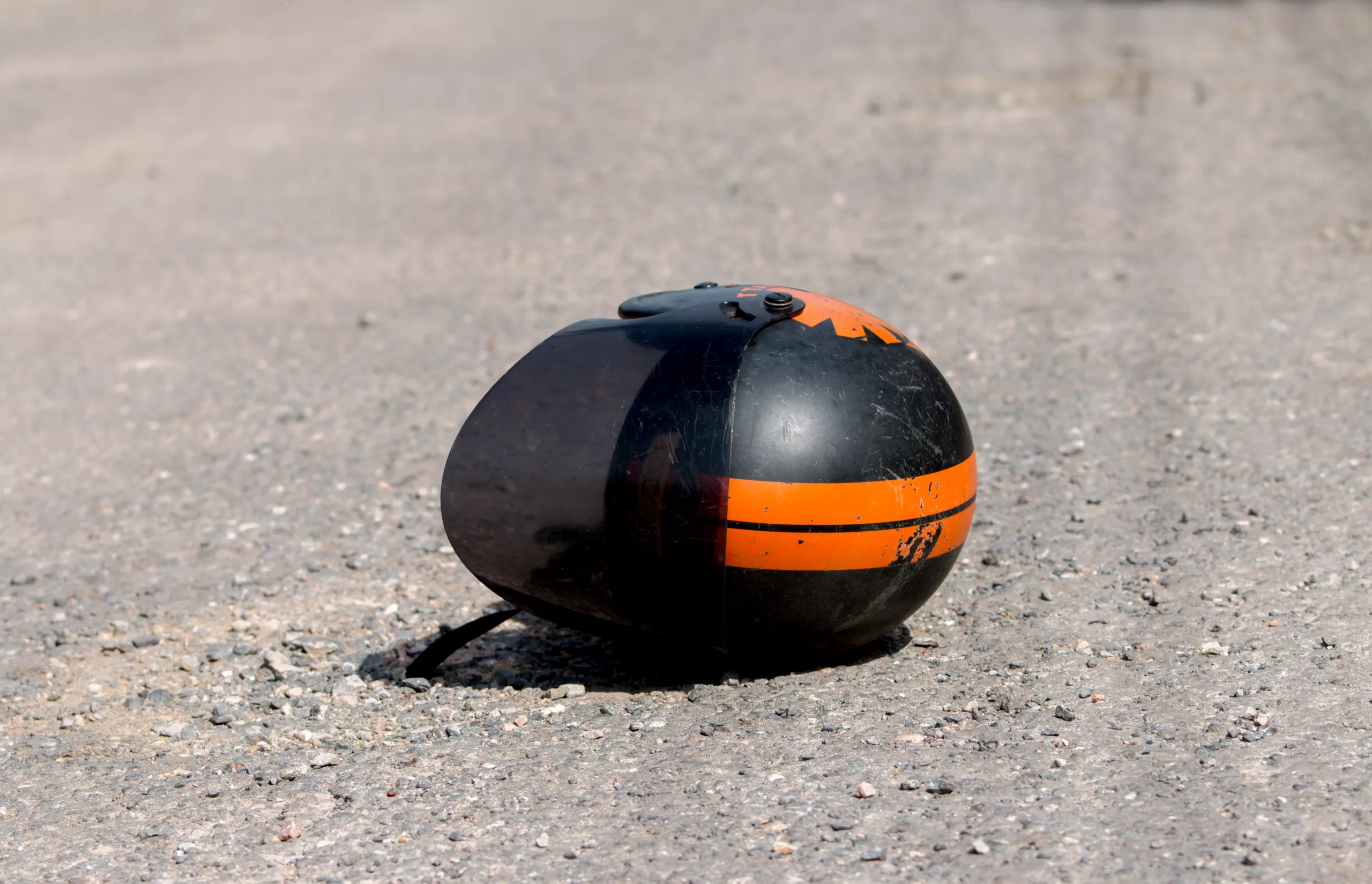
Motorcycle
16 Apr 2024
What Happens if a Road Hazard Causes My Motorcycle Accident?
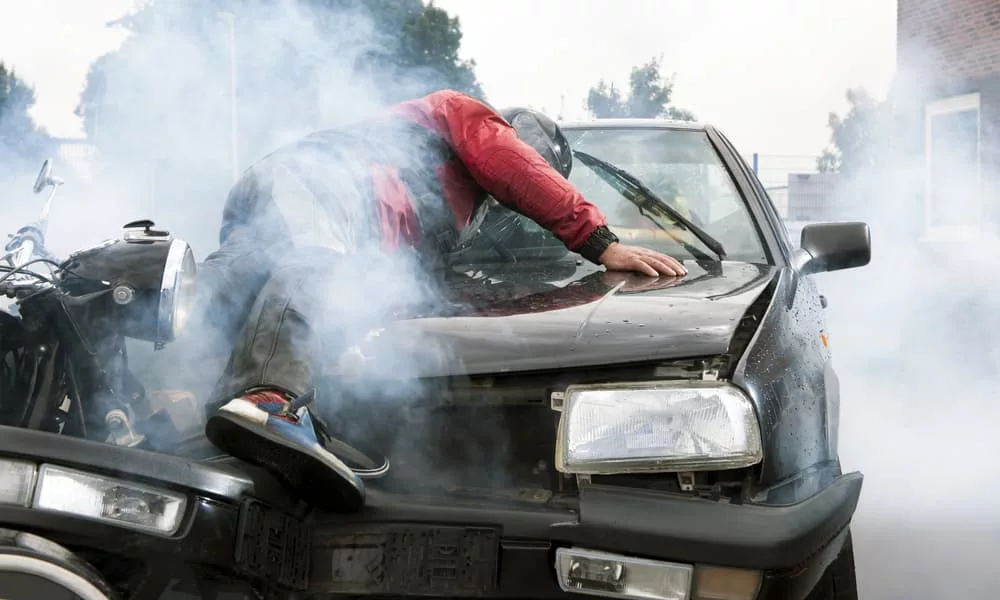
Motorcycle
04 Oct 2023
What Is the Average Payout for a Motorcycle Accident?
